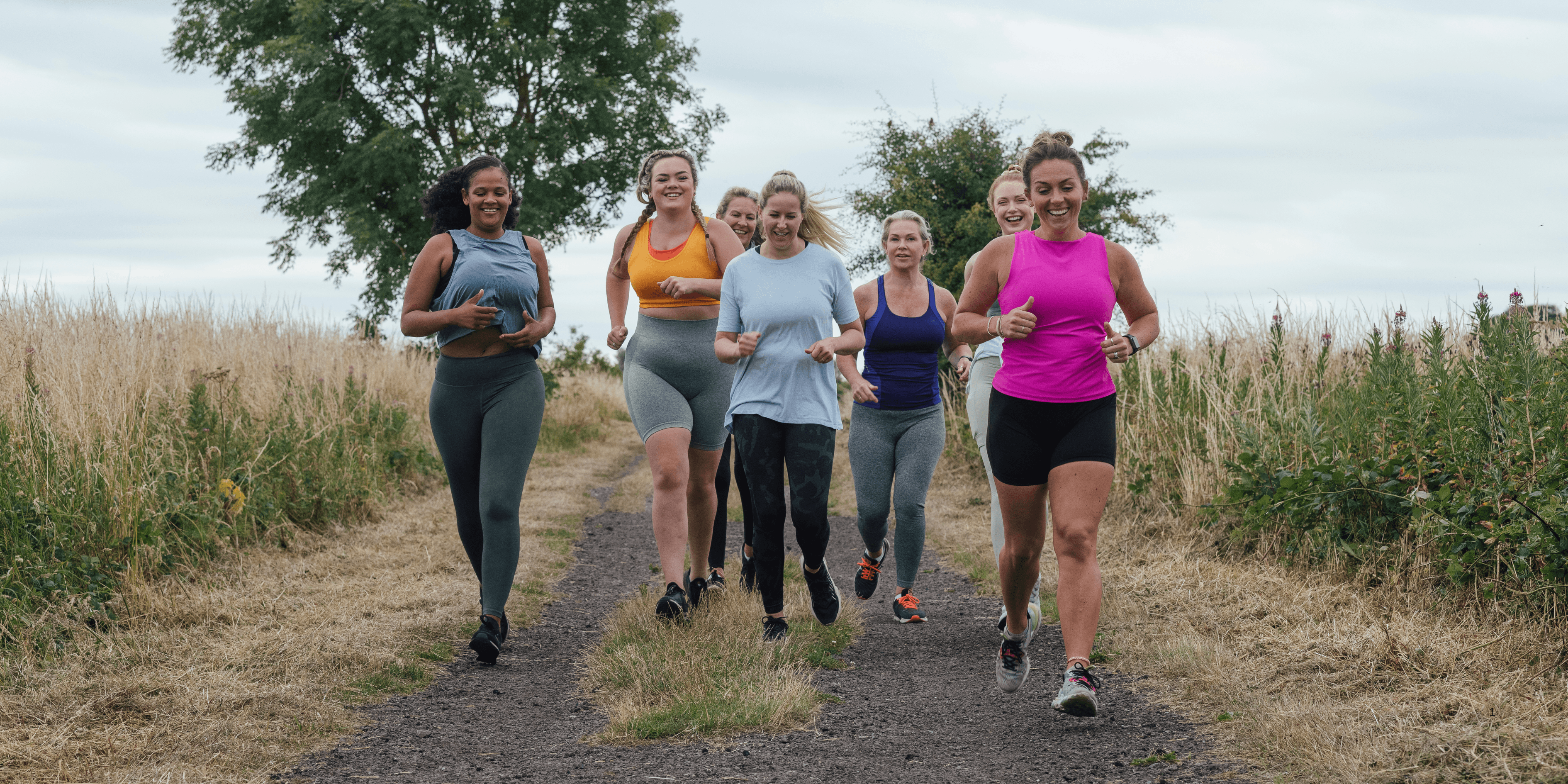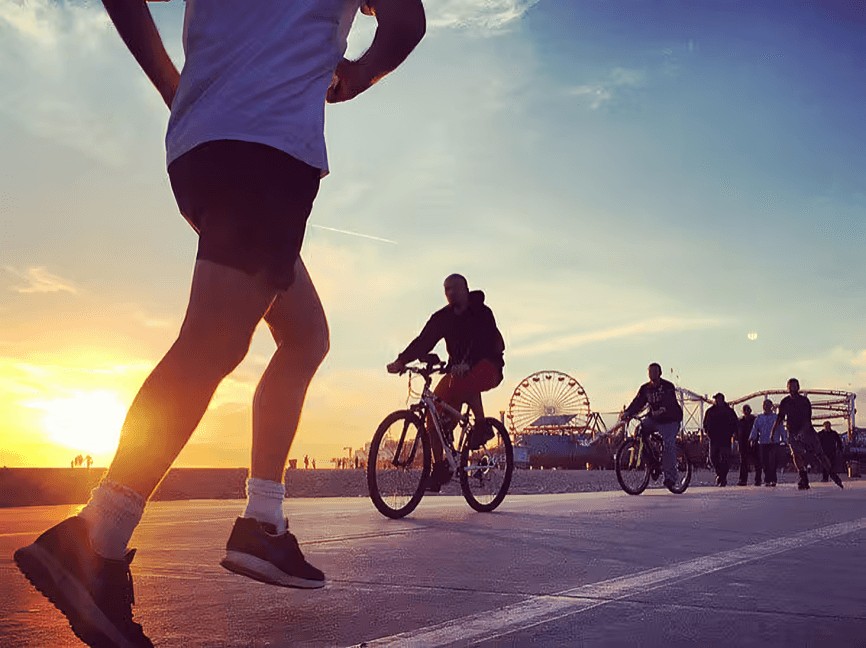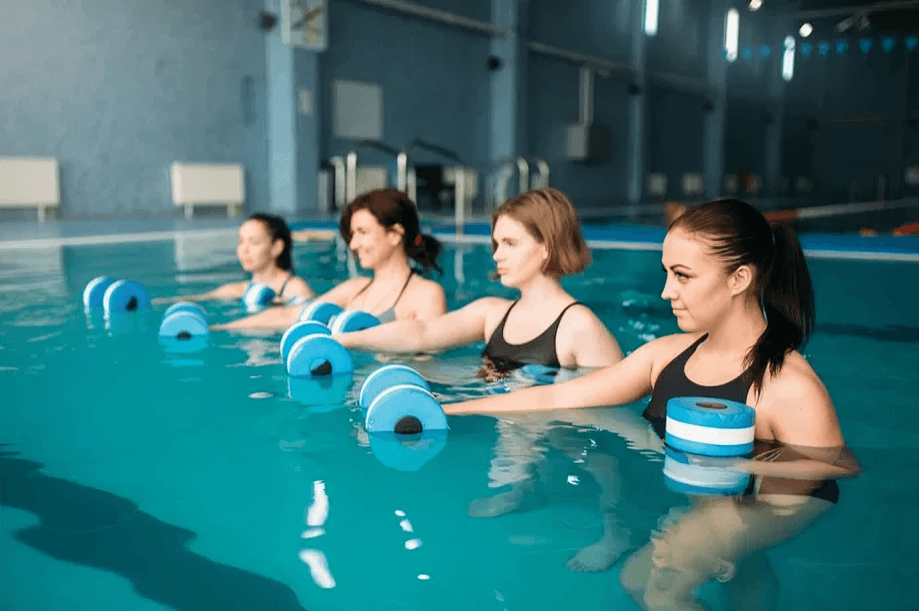
“
Exercise to improve blood circulation in arteries is a powerful way to enhance overall cardiovascular health, boost energy, and support long-term well‑being by encouraging efficient oxygen and nutrient delivery throughout the body.1
1
”
Dr. Maria Thompson notes that moderate aerobic exercise stimulates the endothelium, promoting nitric oxide production, which relaxes arterial walls and improves blood flow efficiency across the vascular system.1
Regular walking for at least 30 minutes daily increases capillary density, allowing oxygen-rich blood to reach muscles more effectively and supporting heart health long-term.2

Cycling strengthens leg muscles while improving arterial elasticity, reducing peripheral resistance, and promoting smoother circulation in the lower limbs.
Swimming offers a full-body workout that enhances circulation without joint stress, boosting blood flow throughout both upper and lower extremities.3
High-intensity interval training (HIIT) alternates exertion and rest, stimulating growth of new blood vessels and improving endothelial function. 4
Dance-based cardio workouts combine rhythm with movement, boosting heart rate, improving arterial flexibility, and enhancing blood distribution. 5
Tai chi’s gentle, flowing movements reduce stress hormones while enhancing vascular responsiveness, promoting better arterial blood flow. 6
Stair climbing challenges the cardiovascular system, encouraging stronger heart contractions and more efficient circulation to the lower extremities. 7
Rowing provides both aerobic and resistance benefits, enhancing arterial function and increasing blood flow to both arms and legs. 8

Rowing provides both aerobic and resistance benefits, enhancing arterial function and increasing blood flow to both arms and legs.
Jumping rope increases heart rate quickly, improving arterial compliance and promoting efficient circulation throughout the body. 9
Hiking on varied terrain forces the heart to adapt to changing demands, optimizing circulation and improving arterial resilience. 10
Pilates emphasizes controlled movement and breathing, supporting venous return and aiding arterial health by reducing vascular stress. 11
Nordic walking engages the upper body, encouraging full-body circulation increases and improving arterial engagement throughout. 12
Stretching routines post-exercise help arteries relax and recover, reducing stiffness and facilitating smoother blood flow. 13
Boxing workouts, combining quick footwork and punches, boost heart rate, enhance arterial flexibility, and promote full-body circulation. 14

Rowing machine sprints improve arterial responsiveness by increasing shear stress, stimulating blood vessel adaptation, and improving circulation.
Elliptical sprints alternate effort and rest, enhancing arterial structure and boosting overall circulatory efficiency. 15
Monitoring intensity via heart rate zones ensures exercise remains effective without overloading the cardiovascular system, supporting healthy blood flow. 16
Philosopher-rules advocate for balance in movement and rest, noting that sustainable improvement in arterial circulation depends equally on active effort and mindful recovery.17


